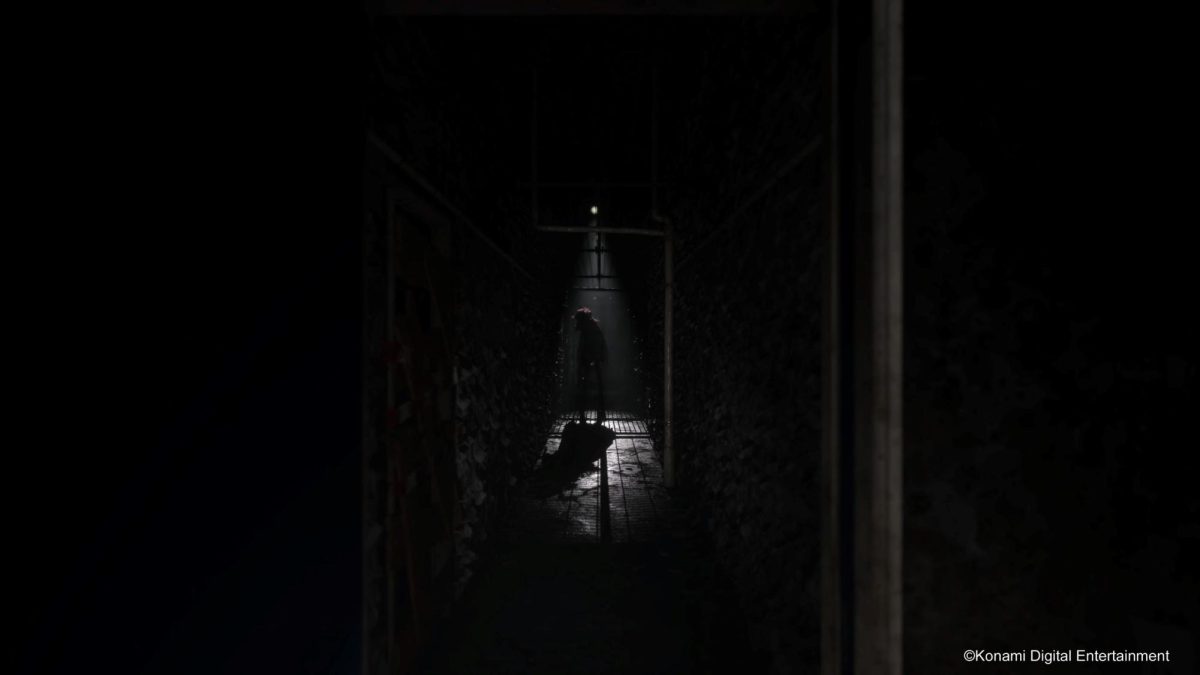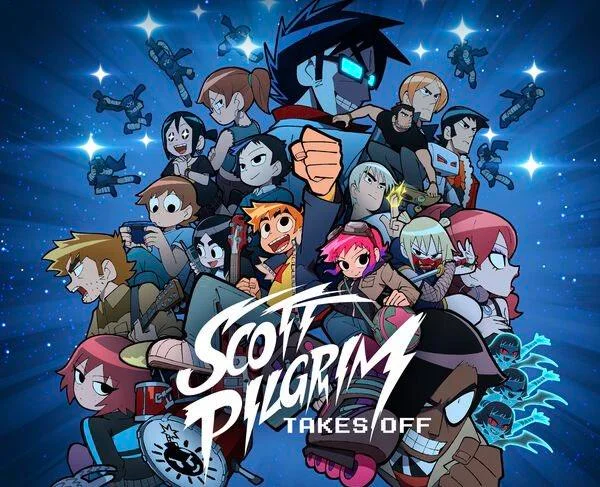“The empire, long divided, must unite; long united, must divide. Thus it has ever been.” No opening line in Chinese literature better summarizes ancient China than this opening line in “Romance of the Three Kingdoms.” Written by Luo Guanzhong, it is considered one of the most beloved novels to come out of the Han dynasty. It influenced countless generations to come, and subsequently, their art. From music, literature, plays, film and yes, even video games, the book inspired people across disciplines to invent their own takes on this timeless classic.
Creative Assembly (CA), a studio based in Horsham, England, has been a rather unique player in the game industry. In its 32 years history, the company has focused entirely on a single game franchise: “Total War.” Famous for its one-of-a-kind war simulation and historical references, the series has been the lone king in the genre that it created. From feudal Japan to medieval kings, from Julius Caesar to Napoléon Bonaparte, “Total War” helped to make the term “historical simulation” more than a niche hobby for history nerds. In their latest entry, they turn to China. The choice was obvious — a period that is both famous and dramatic enough to be made into a video game.
The biggest appeal of this game is obviously the setting. While many great works of “Three Kingdoms” have been produced in East Asia, it is unfortunately rare to see Western creators pay the same amount of attention. Japan and South Korea have been at the edge of exporting its cultures for years, and their influence is far-reaching. China, though it has made tremendous progress economically, still struggles to demonstrate to the world its rich history and diverse cultures. Therefore, it is refreshing to see a well-established British game company create a game that is based on “Three Kingdoms.” The product shows that they truly did the homework. The art, along with the user interface and many other systems in the game, proves to be authentic to Chinese history.
The game starts by offering players iconic characters to choose from. Be aware, players can decide whether to play the campaign in historical form or romance, a mode that turns heroes in the game into gods of war, which stays faithful to the original novel. The map is vast and full of varying geography that can later be turned into strategic advantages. Ancient China has rarely been represented in a digital space this breathtaking.
However, the game does not deviate much from its predecessors in the campaign level. It borrowed much of its design from previous titles in the series. The characters have their own equipment and abilities, akin to “Warhammer.” Nonetheless, the game takes a step to recreate these systems to better suit the Chinese theme. The research tree — a gorgeous ink painting — is full of hanging icons that represent differing military or economic technology. Its newly designed systems of politics and city construction are definitely worth trying. Buildings are divided into different categories based on their utility. With a more advanced research tree, players can unlock a substantially higher amount of buildings to construct.
The battle system, the bread and butter of “Total War,” is disappointingly similar to the previous titles in the series. Aside from the excitement of seeing classic Chinese troops being portrayed in the game, the mechanics behind the army and battle are almost identical to other “Total War” games. It does have nice features, such as dueling between legendary warriors and generals. This fight of honor and valor in “The Three Kingdoms” has always been a major attraction, so it is no surprise that the game tried its best to fulfill this fantasy. Though “Total War” has tried this feature in its “Warhammer” entries, “Three Kingdoms” takes it to a whole new level. The animation, with the clashing of spears and the jump kick from the better party, is pure eye-candy to watch in the midst of two armies bashing into each other.
Another noteworthy problem is that it is often impossible to exactly match the timeline in the game with the novel or history. This is a familiar issue that started from the very first game CA developed. Unlike their competitor Paradox (another developer in the historical strategy genre), CA has always made the history part of their games a side dressing, something that exists only to serve the battle system. However, it is precisely this approach that makes “Total War” a mainstream franchise. It attracts a much wider audience than other strategy games.
“Total War: Three Kingdoms” should be both an encouraging gesture and a timely alarm to Chinese game developers and all artists who are trying to show the rest of world culture in their work. In this era of globalization, we should strengthen this kind of expressionism, with no bond to one’s own nationality and belief. However, it is also crucial for those native to the histories to express their interpretations of their own culture, regardless of authenticity. Only with a diverse array of expressions will we see the pinnacle of human creativity.

















